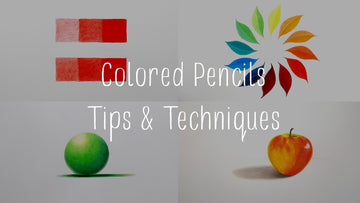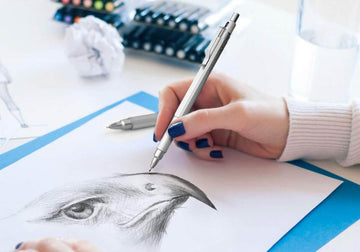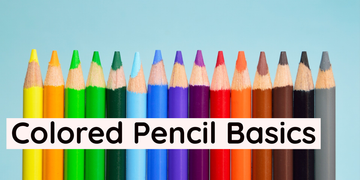
Creating depth and dimension in colored pencil art is a fundamental skill for artists seeking to bring their subjects to life. Shading and blending techniques are essential in achieving this goal. These methods provide rich tonal variation, with deep shadows and bright highlights, which in turn create the illusion of three-dimensionality. In this blog, we will explore various shading and blending techniques, both traditional and digital, to enhance your colored pencil art.
Shading is the foundation for creating depth and dimension in any artwork. It involves the application of different shades to represent various levels of lightness and darkness, thereby giving the appearance of volume and form. The key to successful shading lies in understanding light sources and how they affect the subject.
There are several shading techniques that artists can employ to achieve depth and dimension. Hatching and cross-hatching involve drawing parallel and intersecting lines to create shadows and texture. Stippling, another popular technique, uses dots to create shading and texture, which can be particularly useful in detailed subjects. The gradient tool in digital art software allows artists to create seamless blends of color and shade, which can help achieve realistic highlights and shadows.
Blending is a crucial aspect of shading that contributes to the smooth transition between different shades and colors. Traditional blending techniques in colored pencil art include burnishing, where the artist applies pressure to blend colors, and smudging, which involves using a blending tool to soften and smooth shades. Digital artists can utilize the smudge tool in their art software to achieve similar effects.
When blending, it's essential to consider the direction of light to ensure a realistic and believable result. For example, shadows typically fall in the opposite direction of the light source, so the artist should blend these areas with a darker color to maintain the illusion of depth and dimension. Similarly, highlights should be blended with a lighter color to represent areas where light has the most significant impact.
Texture is an integral aspect of creating depth and dimension in colored pencil art. The use of different textures can contribute to the illusion of reality and can significantly enhance the overall look of the artwork. Artists can use various shading techniques, such as hatching, cross-hatching, stippling, and blending, to create a range of textures.
Layering is a powerful technique in colored pencil art that can help artists achieve rich colors and textures. By adding layers of color and shade, artists can enhance the vibrancy of their colors, add depth and volume to their subjects, and create a radiant outcome. Artists can build layers by gradually adding more color and shade, blending carefully to avoid harsh lines, and allowing each layer to dry completely before adding the next.
In conclusion, mastering shading and blending techniques in colored pencil art is a critical skill for artists seeking to create realistic and three-dimensional artwork. Through careful observation, understanding of light sources, and employing a range of shading and blending techniques, artists can bring depth, dimension, and lifelike qualities to their creations 4. So, pick up your colored pencils, embrace the shadows and highlights, and let your artistic vision come to life.



